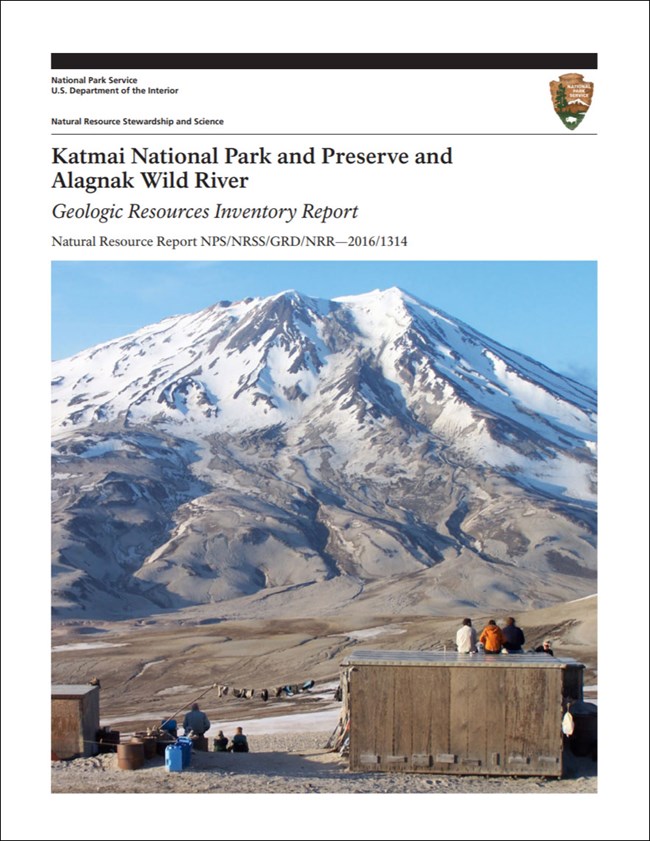Last updated: June 17, 2024
Article
NPS Geodiversity Atlas—Alagnak Wild River, Alaska
Geodiversity refers to the full variety of natural geologic (rocks, minerals, sediments, fossils, landforms, and physical processes) and soil resources and processes that occur in the park. A product of the Geologic Resources Inventory, the NPS Geodiversity Atlas delivers information in support of education, Geoconservation, and integrated management of living (biotic) and non-living (abiotic) components of the ecosystem.

Introduction
Alagnak Wild River (ALAG) is west of the Aleutian Range in the Bristol Bay and Lake and Peninsula Boroughs, Alaska. Established on December 2, 1980, ALAG encompasses ~12,409 hectares (30,741 acres) and protects 110 km (67 mi) of the Alagnak River, its scenic landscape, natural features, cultural heritage, and recreational activities (Anderson 2017). The headwaters of the Alagnak River are in neighboring Katmai National Park and Preserve, where the river flows northwest from Kukaklek Lake to its confluence with the Kvichak River. The river system is home to a diverse array of wildlife, including an important sockeye (red) salmon fishery, and is a critical natural resource for southwest Alaska (Hults and Fierstein 2016).
Geologic Setting
The geology along the Alagnak River reflects an active landscape shaped by the dynamic forces of volcanism, glaciation, wind and river erosion, and active tectonics. Geologic units along the Alagnak River Valley predominantly consist of Pleistocene glacial drift and outwash deposits of the Mak Hill Glaciation and Brooks Lake Glaciation. The oldest units within the park unit are found along the northeastern boundary and are the metamorphic rocks of the Late Jurassic and older Kakhonak Complex. As the Alagnak River flows northwest, exposed units along the river include the Eocene–Oligocene Meshik Volcanics, Pleistocene glacial deposits, and Quaternary alluvium (unconsolidated clay, silt, sand, and gravel), alluvial terrace deposits, solifluction deposits (“soil flow”), abandoned channel deposits, and eolian deposits.
- Scoping summaries are records of scoping meetings where NPS staff and local geologists determined the park’s geologic mapping plan and what content should be included in the report.
- Digital geologic maps include files for viewing in GIS software, a guide to using the data, and a document with ancillary map information. Newer products also include data viewable in Google Earth and online map services.
- Reports use the maps to discuss the park’s setting and significance, notable geologic features and processes, geologic resource management issues, and geologic history.
- Posters are a static view of the GIS data in PDF format. Newer posters include aerial imagery or shaded relief and other park information. They are also included with the reports.
- Projects list basic information about the program and all products available for a park.
Source: NPS DataStore Saved Search 2675. To search for additional information, visit the NPS DataStore.
A NPS Soil Resources Inventory project has been completed for Alagnak Wild River and can be found on the NPS Data Store.
Source: NPS DataStore Saved Search 2688. To search for additional information, visit the NPS DataStore.


